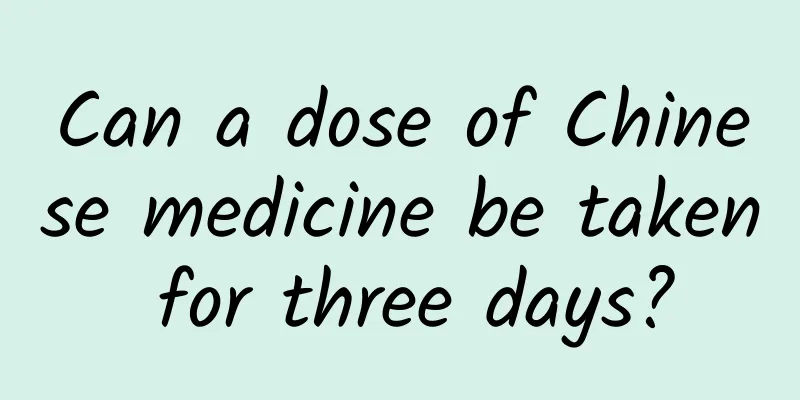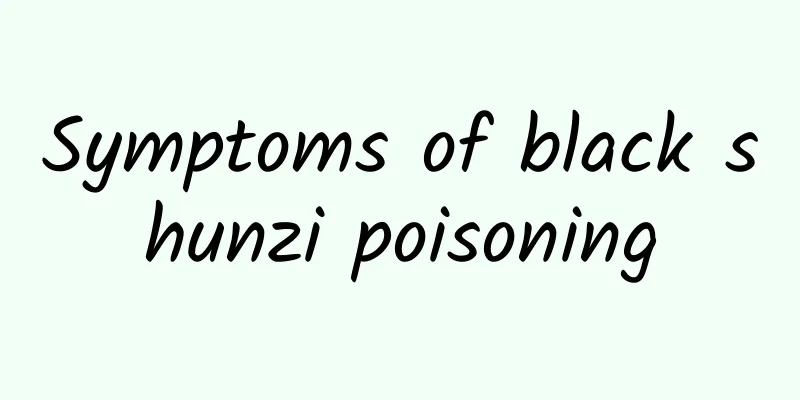What is the TCM treatment for lower limb edema?

|
Edema generally refers to excessive fluid in the tissue spaces outside blood vessels. This is also the most common symptom in clinical practice. The main cause of edema is a manifestation of systemic dysfunction, which is often closely related to some organs of the body. So how to treat lower limb edema! Clinically, edema can be divided into three degrees: mild, moderate and severe. Mild: Edema only occurs in the eyelids, infraorbital soft tissue, anterior tibia, and subcutaneous tissue of the ankle. Slight depression of the tissue may occur after finger pressure and it flattens quickly. Sometimes in the early stages of edema, there is only rapid weight gain without any signs of edema. Moderate: There is visible edema in loose tissues throughout the body. Obvious or deep tissue depression may appear after finger pressure, and it is slow to flatten. Severe: Severe edema of body tissues, tight and shiny skin on the lower part of the body, and even fluid exudation, sometimes accompanied by pleural, abdominal, and endothelial effusions. Traditional Chinese Medicine Treatment: (1) Clearing away the lungs and promoting diuresis: The main clinical manifestations are fever, aversion to cold, aversion to wind, headache, limb and joint pain, cough, thin white tongue coating and floating pulse caused by external invasion of wind evil. Edema first appears on the face and then spreads throughout the body, making urination difficult. Traditional Chinese medicine calls this type of edema Feng Shui, which is more common in acute nephritis or acute attacks of chronic nephritis. Commonly used prescriptions include Yuebi Jiashu Decoction and Mahuang Lianqiao Chixiaodou Decoction. Commonly used medicines include ephedra, gypsum, ginger, atractylodes, siler, mulberry bark, double flower, forsythia, mint, peucedanum, red bean, plantain seed, oriental water plantain, imperata root, and motherwort. (2) Strengthening the spleen and eliminating dampness, promoting diuresis and reducing edema: Clinical manifestations include pitting edema of the whole body, especially below the waist, heaviness and fatigue, scanty urine volume, poor appetite, chest tightness, greasy tongue coating and weak pulse. The commonly used prescription is Wuling San combined with Wupi Yin with modifications. Commonly used medicines include Poria cocos, Polyporus umbellatus, Alisma orientalis, Atractylodes macrocephala, cinnamon twig, Morus alba bark, Citrus grandis bark, ginger peel, tangerine peel, Poria cocos peel, etc. If the upper body is severely swollen and the patient is wheezing, add ephedra, apricot kernel, and scutellaria baicalensis; if the lower body is severely swollen, add stephania tetrandra, Sichuan pepper, and magnolia officinalis, etc.; if damp-heat is severe, the patient has fever, thirst, short and red urine, constipation, and a yellow and greasy tongue coating, add rhubarb, akebia, and chicory, etc. (3) Warming the middle and strengthening the spleen, promoting qi and promoting diuresis: This method is suitable for those with weak spleen yang. The main clinical manifestations are severe swelling of the lower limbs, depression that is difficult to recover when pressed, chest tightness and abdominal distension, poor appetite and loose stools, sallow complexion, fatigue and cold limbs, small urine volume, pale tongue with white coating, and slippery, deep and slow pulse. The commonly used prescription is Shipiyin with modifications. The medicines include: Poria, Atractylodes, Aconitum, Dry Ginger, Magnolia officinalis, Costusroot, Cibotium bark, Papaya, Amomum villosum, Licorice, and Poria, Alisma orientalis, Codonopsis pilosula, Astragalus membranaceus, etc. can be added. (4) Warming the kidney and promoting diuresis: Suitable for those with weak kidney yang. The main symptoms are severe edema all over the body, especially below the waist, soreness of the waist and knees, cold limbs and fear of cold, fatigue, pale complexion, oliguria, pale and fat tongue with teeth marks, and deep, thin and weak pulse. Commonly used prescriptions include Zhenwu Decoction, Jinkui Shenqi Pills, etc. The medicines include Poria cocos, Atractylodes macrocephala, White Peony Root, Aconitum, Ginger, Rehmannia glutinosa, Cortex Moutan, Alisma orientalis, Dioscorea batatas, Cornus officinalis, Cinnamon bark, etc. |
<<: What are the treatment principles for viral encephalitis?
>>: What are the early symptoms of norovirus?
Recommend
Dosage of Chinese medicine for children
We all know that children's physical resistan...
The efficacy and function of red ginseng liquid
Red ginseng liquid is a relatively precious tonic...
Mountain Herbs Pictures and Names
What are the common Chinese herbal medicines on t...
How to deal with BCG suppuration
Babies need to be given BCG vaccination after bir...
Who is American ginseng suitable for?
American ginseng has always had a very good tonic...
What is the Chinese medicine Lulutong
I believe many people will be surprised to hear t...
What to do if the liver is deficient in qi and blood? Eat more of these foods
Do you usually suffer from insomnia, frequent dre...
Can I take a sitz bath for hemorrhoids? What are the sitz bath methods for hemorrhoids?
Many early hemorrhoid patients are advised by doc...
What Chinese medicine is best for proctitis
When it comes to proctitis, everyone is familiar ...
Why does my anus suddenly hurt?
The buttocks are rich in sensory nerves, especial...
Baby epilepsy symptoms
Symptoms of epilepsy in babies can cause numbness...
Armpit pain with no lump
It is common to have armpit pain without feeling ...
The benefits of olive wine
Olives soaked in wine have certain health-care ef...
The efficacy and function of Yijianxi
Another name for Andrographis paniculata is Andro...
Can toothpaste remove acne?
Acne is a common type of skin inflammation. When ...









